VEGAS MYTHS BUSTED: Hackers are Draining Strip Water Features
Posted on: July 29, 2024, 08:10h.
Last updated on: July 29, 2024, 10:09h.
On July 20, Las Vegas blogger Jacob Orth posted an 11-second video to his X/Twitter account showing the Treasure Island lagoon almost completely devoid of water. Its subject read: “The hackers have drained Treasure Island.” As of this writing, it has been viewed nearly 347K times.
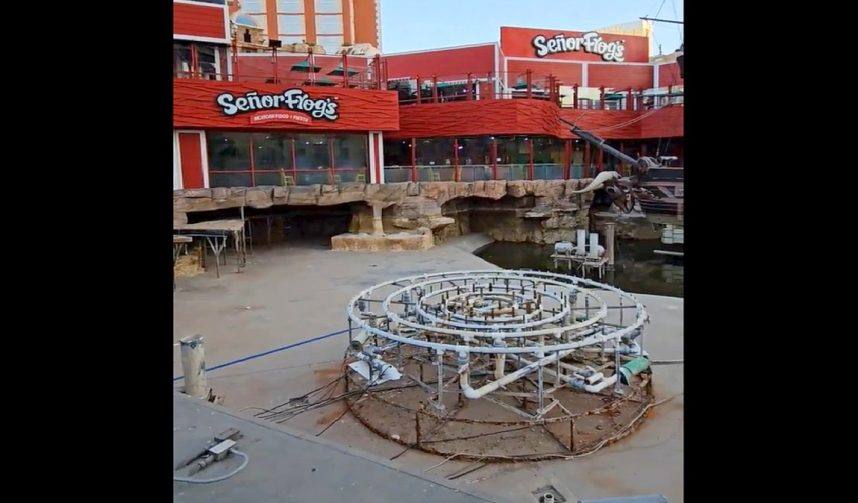
No, cybercriminals didn’t gain access to a computer that sent 1.2 million of gallons of water gushing out of one of Las Vegas’ most recognizable water features. And no, the Bellagio fountains aren’t next on their list.
The following Monday, TI resort officials released a statement explaining what happened.
“Siren’s Cove is scheduled for its annual maintenance, which cleans and maintains all the pipes in the fountain,” it read. “This process will take about four to six weeks.”
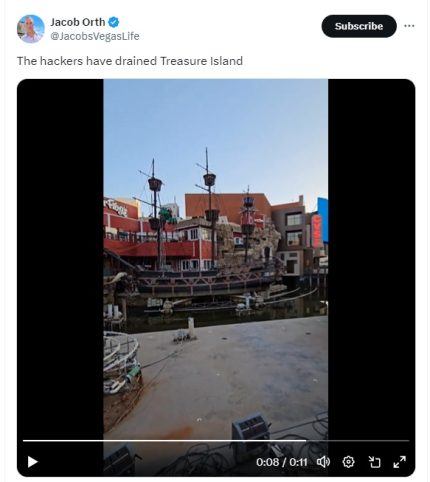
Viral Vegas
Years ago, shutting down a popular Strip feature for some mundane reason could be accomplished without press releases needing to be issued.
However, the Strip is now roamed, on the daily, by dozens of vloggers competing to create Las Vegas content. Many have grown dependent on its virality for their livelihoods.
When you combine this overcrowded field with the corporate inclination toward concealing minor closures — or anything else seen as not shining the most positive light possible on their properties — misconceptions can spread rapidly.
That’s where we come in.
By the way, as of this writing, the original post remains up and no Vegas vlogger has shared Treasure Island’s explanation for why the lagoon was drained.
What Really Attacked Siren’s Cove
A drained Siren’s Cove isn’t anything close to the big deal it would have been 20 or 30 years ago. The two pirate ships currently in drydock just serve as atmosphere these days — decorations to admire while scarfing down a Señor Frog’s quesadilla.
But from 1993 through 2013, they did battle as part of two spectacular free pirate shows. The second one, “Sirens of TI,” smoked the space with pyrotechnics and sexily clad female dancers four times a night starting in 2003.
That show was sunk by Phil Ruffin, who purchased Treasure Island from MGM Mirage for $775 million in 2009.
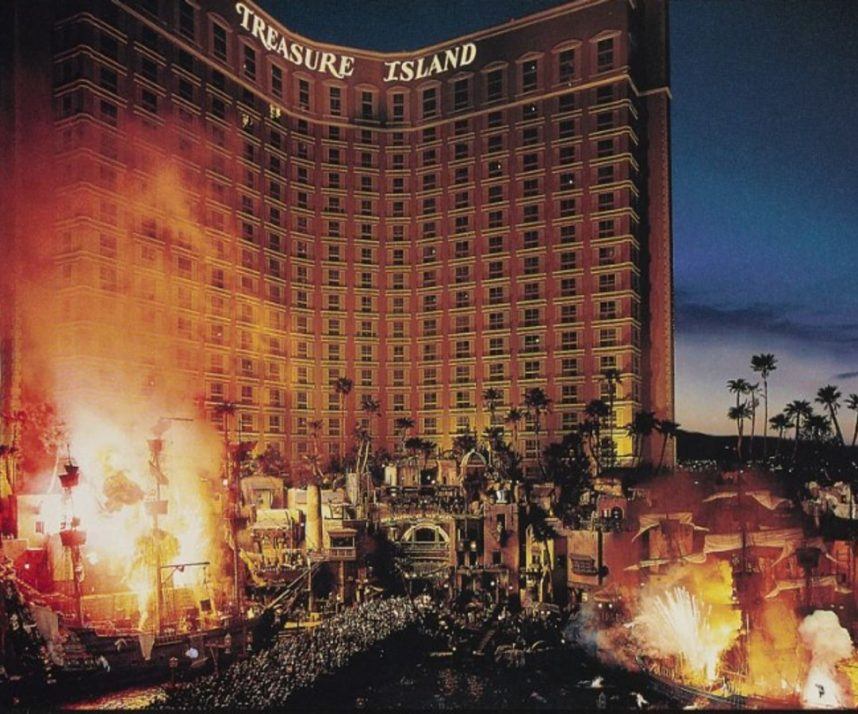
Ruffin no longer wanted to foot the reported $5 million a year it cost to stage a show that generated no income. And he saved even more money by converting a third of the space formerly used by the production to retail and restaurants.
The first pirate show, “The Battle of Buccaneer Bay,” was christened in 1993 by Treasure Island founder Steve Wynn, a much bigger proponent of free public entertainment than Ruffin or any of today’s other Strip resort operators. (Yes, we’re looking at you, Hard Rock International, for replacing Wynn’s Mirage volcano with a giant Hard Rock guitar hotel.)
Wynn’s Bellagio fountains could indeed be the next target on someone’s list. (That’s could be. We know exactly how myths can start and want no part of that.) But the fountains, which have been reported to cost upwards of $3.65 million to operate annually, are much more likely to be taken out by corporate cost-cutting than hackers.
While no system is ever completely safe, all computerized water features on the Strip are heavily guarded against cyberattack by a number of redundant security practices. These include network segmentation, strong authentication measures, firewalls, and regular updates, patches, audits, and risk assessments.
If you were unfortunate enough to stay in Las Vegas during the MGM Resorts and Caesars Entertainment cyberattacks last September, you would have noticed all the water features continuing to function throughout the chaos.
Look for “Vegas Myths Busted” every Monday on Casino.org. Visit VegasMythsBusted.com to read previously busted Vegas myths. Got a suggestion for a Vegas myth that needs busting? Email corey@casino.org.
Related News Articles
Judge Tosses Las Vegas Casino Resort Price-Fixing Lawsuit
Most Popular
FTC: Casino Resort Fees Must Be Included in Upfront Hotel Rates
Genovese Capo Sentenced for Illegal Gambling on Long Island
NBA Referees Expose Sports Betting Abuse Following Steve Kerr Meltdown
UPDATE: Former Resorts World & MGM Grand Prez Loses Gaming License
Most Commented
-
UPDATE: Whiskey Pete’s Casino Near Las Vegas Closes
— December 20, 2024 — 30 Comments -
Caesars Virginia in Danville Now Accepting Hotel Room Reservations
— November 27, 2024 — 9 Comments -
UPDATE: Former Resorts World & MGM Grand Prez Loses Gaming License
— December 19, 2024 — 8 Comments -
FTC: Casino Resort Fees Must Be Included in Upfront Hotel Rates
— December 17, 2024 — 7 Comments
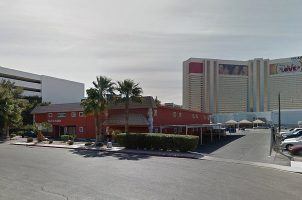
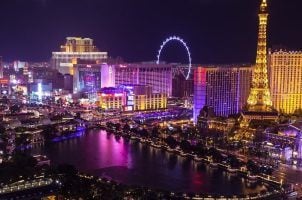
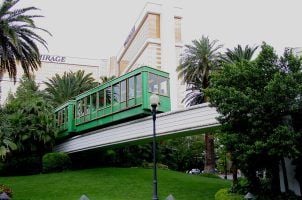
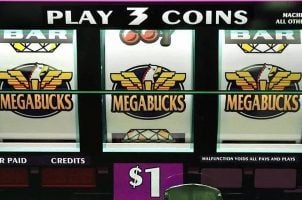










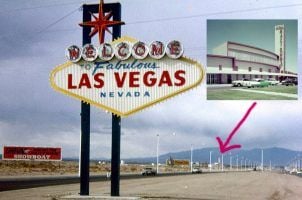

Last Comments ( 2 )
When my husband and I stayed there in June, we had no water in our room for like 6-7 hours (came back wanting to shower, with no luck) and the whole area surrounding the resort (inside and out) smelled like sewage our whole stay I called the front desk, was told all guests were sent a message ( not true)...that due to water shortage , water would be off fron 10am- 2pm...wasn't until the next afternoon that a letter was rolled up and put on our door handle saying that due to an emergency water would be shut off from 11-1...Never staying there again...get your lies straight Treasure Island...
As always, Corey, Spot on!